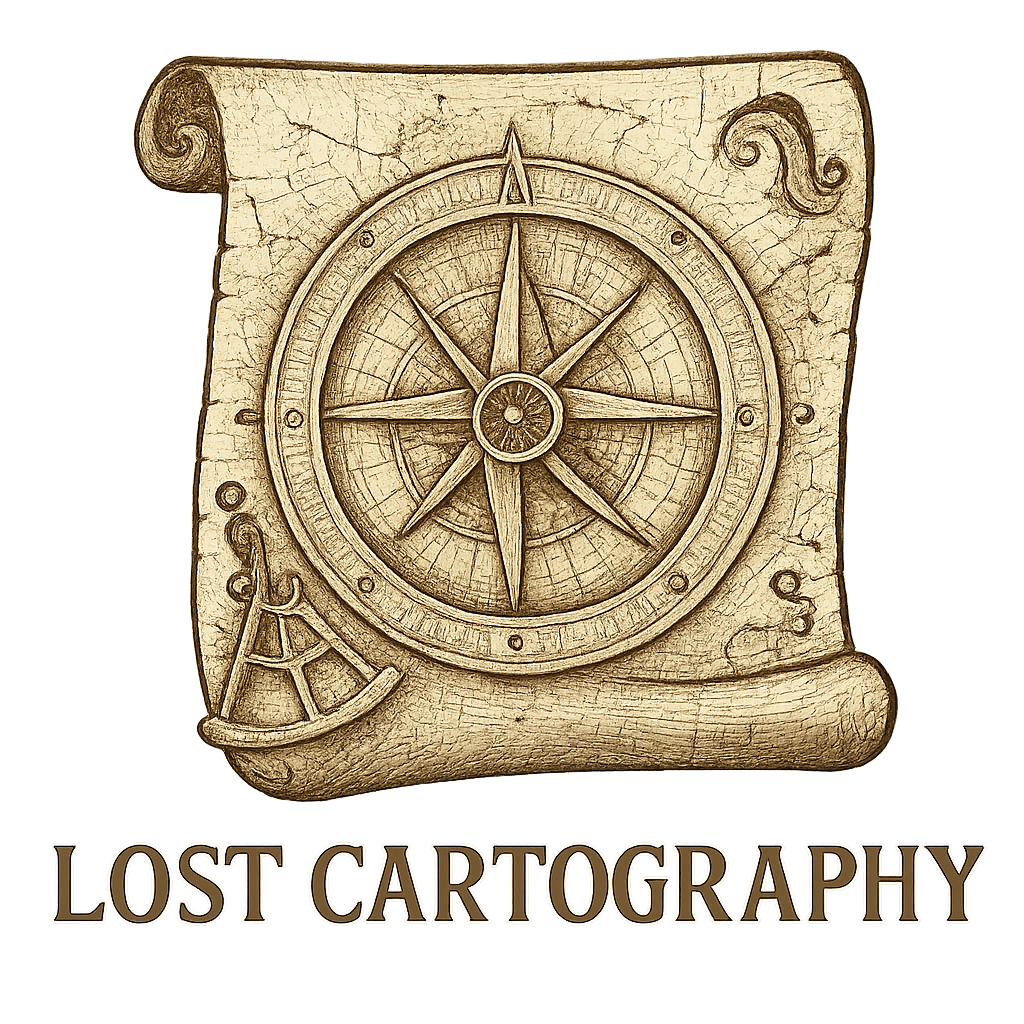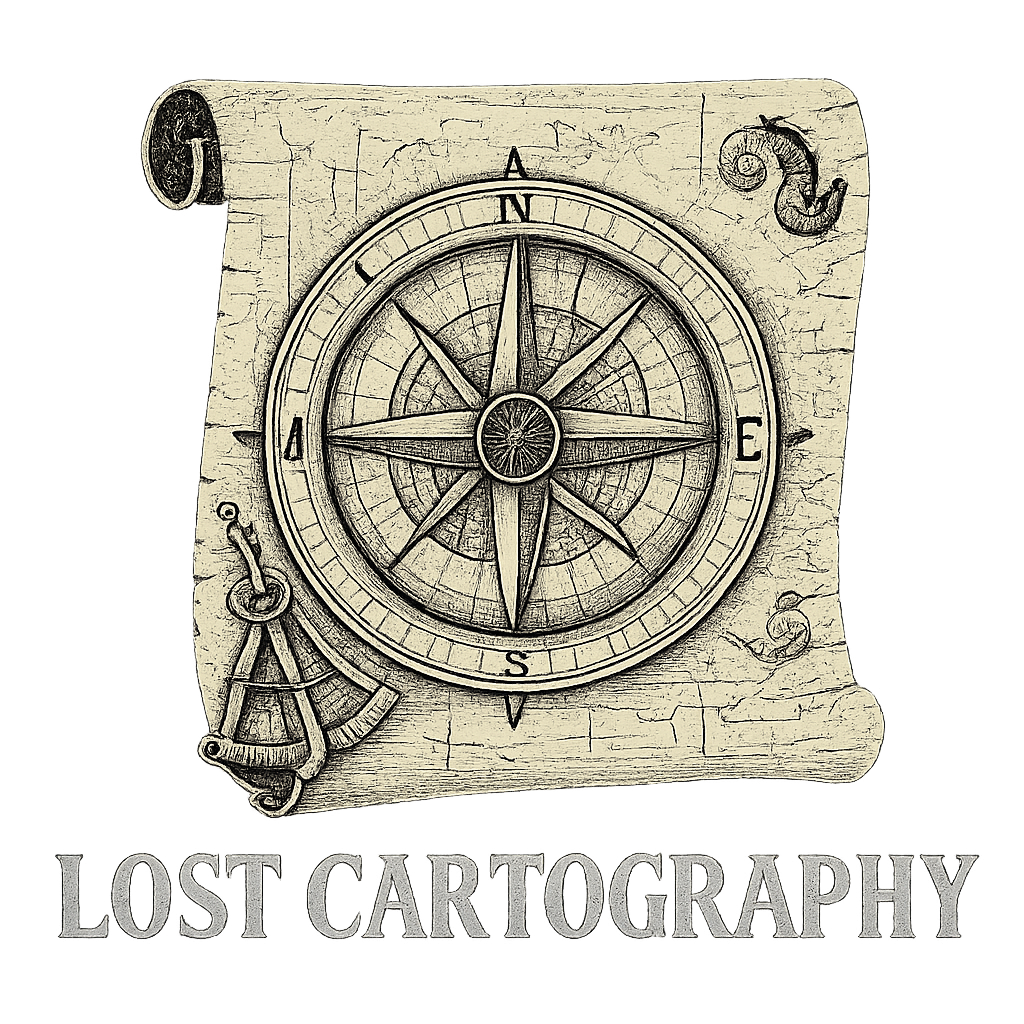Now Reading: The Mappa Mundi: Insights into Medieval Worldviews
-
01
The Mappa Mundi: Insights into Medieval Worldviews

The Mappa Mundi: Insights into Medieval Worldviews
Hidden within the ancient walls of Hereford Cathedral lies a remarkable testament to medieval understanding – the Hereford Mappa Mundi. Created around 1300 AD, this extraordinary map stands as the largest surviving medieval world map, measuring an impressive 1.59 x 1.34 meters on a single sheet of calfskin parchment.
The Mappa Mundi transcends its role as a mere geographical document. This intricate masterpiece serves as a window into the medieval mind, revealing how people of the Middle Ages perceived their world through the lens of Christianity, classical knowledge, and contemporary events. To fully appreciate such an intricate piece, one could benefit from understanding how to read and interpret ancient maps.
The map’s rich tapestry includes:
- Over 500 detailed illustrations
- Biblical narratives and mythological creatures
- Historical events and societal commentary
- Geographic interpretations of three known continents
Through its carefully crafted details and symbolic representations, the Hereford Mappa Mundi captures the essence of medieval worldviews – a unique blend of geographic knowledge, religious beliefs, and cultural perspectives that shaped medieval European society. This blend is fascinatingly illustrated in the map’s content which includes not just geographical interpretations but also hidden messages and mythological elements, reflecting the era’s understanding and imagination.
Moreover, it also opens up discussions about disappearing geographies, providing insights into how certain places have faded from our maps over time.

Understanding Medieval Geography and Cosmology through Maps
Medieval geographical understanding differed dramatically from our modern perspective. The educated class in medieval Europe viewed the physical world through a distinct lens shaped by religious doctrine and limited exploration beyond known territories.
Key Features of Medieval Geography:
- Maps oriented with East at the top – representing the Garden of Eden
- Three known continents: Asia, Europe, and Africa
- Limited knowledge of lands beyond the Mediterranean region
- Integration of biblical narratives with geographical features
Christian cosmology dominated medieval cartography, transforming maps into spiritual documents. Map makers, often monks or religious scholars, created works that reflected divine order rather than physical accuracy. These maps depicted the world as God’s creation, with sacred locations and biblical events prominently featured. The evolution of cartography during this period is a testament to how maps were more than just navigational tools; they were instruments that shaped history.
The medieval church used maps as powerful teaching tools. Religious institutions displayed large-scale maps like the Mappa Mundi to:
- Guide pilgrims on spiritual journeys
- Illustrate biblical stories
- Demonstrate God’s divine plan
- Teach moral lessons through geographical metaphors
For the literate elite, maps served as encyclopedic references combining classical knowledge with Christian teachings. Scholars studied these documents to understand both physical geography and spiritual truths, viewing them as windows into divine creation rather than mere navigational aids.
However, not all maps from the medieval period were accurate or truthful. Some became subjects of great hoaxes, while others are now considered cartographic mysteries. Despite these inaccuracies, the allure of these ancient maps continues to captivate collectors and historians alike, leading to a growing interest in collecting and preserving antique maps.
The medieval worldview placed spiritual truth above geographical accuracy, creating maps that functioned as both educational tools and religious artifacts. These documents reveal a complex understanding of space where physical and spiritual realms intertwined seamlessly. While some of these maps may lead to lost treasures, they also serve as a reminder of the rich tapestry of history woven by the art and science of map-making.
The Hereford Mappa Mundi: A Closer Look
The Hereford Mappa Mundi is a masterpiece of medieval map-making, measuring 1.59 meters in length and 1.34 meters in width. It holds the distinction of being the largest intact medieval world map still in existence.

This extraordinary map was created on a single sheet of calfskin parchment, showcasing the artistry and craftsmanship of its time.
Understanding the Map’s Design
The Hereford Mappa Mundi features a unique design known as the T and O design, which reflects medieval Christian beliefs through its arrangement of geographical elements:
- The ‘O’ forms a circular frame encompassing the known world
- The ‘T’ divides three continents:
- Asia (top half)
- Europe (bottom left)
- Africa (bottom right)
These divisions are based on the intersection of major waterways:
- The Mediterranean Sea serves as the vertical stem
- The Nile River acts as the right branch
- The Don River represents the left branch
At the center of this intricate design lies Jerusalem, positioned as both the spiritual and geographical hub of the medieval world. This placement embodies the Christian belief in Jerusalem’s sacred significance as the site of Christ’s crucifixion and resurrection. Additionally, the map’s eastern orientation, with Eden at the top, reinforces the biblical narrative of human history flowing from paradise to judgment.

Distorted Scale and Spiritual Significance
One notable feature of the Hereford Mappa Mundi is its varying scale across different regions. Biblical lands occupy disproportionately large areas compared to other parts of the world, reflecting their perceived spiritual importance rather than geographical accuracy. This intentional distortion highlights how medieval thinkers prioritized religious truth over physical precision.
Insights from Ancient Maps
Ancient maps like the Hereford Mappa Mundi offer valuable insights into historical perspectives and beliefs. They contribute to our understanding of the most valuable maps ever sold and serve as reminders of ancient mapping techniques that have significantly influenced navigation and exploration throughout history. It’s fascinating to explore how these ancient maps have changed the world by shaping empires and influencing myths.
Religious Symbolism and Illustrations in the Hereford Mappa Mundi
The Hereford Mappa Mundi is a remarkable example of medieval religious art, featuring over 500 detailed illustrations. These drawings turn the map into a visual encyclopedia of medieval Christian beliefs and mythological traditions.
Biblical Narratives on the Map
Inside the circular border of the map, various biblical stories are depicted:
- The Garden of Eden appears at the eastern edge, complete with Adam and Eve’s expulsion
- Noah’s Ark rests upon Mount Ararat
- The Tower of Babel rises prominently in Babylon
- Christ’s crucifixion scene in Jerusalem
The Last Judgment Beyond Earthly Boundaries
Outside the circle representing Earth, the map portrays the Last Judgment, where Christ is seated in glory, surrounded by angels and blessed souls ascending to heaven.
Mythical Creatures and Classical Figures
The map also includes mythical creatures and classical figures that reflect the medieval understanding of the world:
- Mythical Creatures:
- The dog-headed Cynocephali
- The one-footed Sciapods
- Fire-breathing dragons
- The legendary Phoenix
- Classical Figures:
- The Golden Fleece
- The Minotaur’s labyrinth
- The Pillars of Hercules
These illustrations showcase a worldview where divine truth, classical knowledge, and fantastical elements coexisted harmoniously. The mapmakers included these elements not just as decorative features but as integral parts of their understanding of reality, where the supernatural and natural worlds intertwined in everyday life.
Societal Reflections in the Hereford Mappa Mundi
The Hereford Mappa Mundi serves as a mirror reflecting the complex social dynamics of medieval England. The map’s depiction of the Crusades reveals the period’s military and religious tensions through detailed illustrations of armed conflicts between Christian and Muslim forces in the Holy Land.
Anti-Semitic Imagery and Historical Context
A striking element of the map’s social commentary lies in its anti-Semitic imagery, particularly evident in the portrayal of Jewish communities. These representations coincide with the 1290 expulsion of Jews from England under Edward I’s reign. The map shows Jews in stereotypical dress and includes negative symbolic associations – a visual testament to the widespread prejudices of medieval Christian society.

Unknown author licensed under public domain.
Hierarchical Worldview
The map’s treatment of different social groups creates a hierarchical worldview:
- Noble classes appear in positions of power and authority
- Religious figures dominate sacred spaces
- Merchants occupy trade routes
- Common people blend into crowd scenes
- Non-Christian populations exist at the margins
Attitudes Toward Distant Lands
The Mappa Mundi’s illustrations of distant lands and peoples reflect medieval European attitudes toward the unfamiliar. Regions beyond Christian Europe feature exotic creatures and “monstrous races,” demonstrating how medieval society processed and categorized the unknown through a lens of wonder and fear.
These visual elements paint a vivid picture of medieval social structures, revealing deep-seated beliefs about power, religion, and cultural identity that shaped medieval English society.
Preservation, Legacy, and Modern Studies of the Hereford Mappa Mundi
The survival of the Hereford Mappa Mundi through seven centuries stands as a testament to dedicated preservation efforts. The map faced significant deterioration risks during the 19th century, prompting crucial restoration work at the British Museum in 1855. This restoration campaign stabilized the delicate calfskin parchment and preserved many of its intricate ink drawings.
A major preservation milestone occurred in 1988 with the creation of a dedicated exhibition space at Hereford Cathedral. The purpose-built display chamber maintains precise environmental controls, protecting the map from harmful light exposure and temperature fluctuations.
Digital Innovation Modern technology has revolutionized access to this medieval masterpiece:
- High-resolution digital scanning reveals previously unnoticed details
- Online databases enable global scholarly collaboration
- Virtual tours bring the map to audiences worldwide
- Advanced imaging techniques uncover faded text and illustrations
The digitization project has transformed academic research, allowing scholars to:
- Compare minute details across different sections
- Track changes in the map’s condition
- Study text annotations without physical handling
- Share findings instantly with international colleagues
Contemporary medieval studies increasingly reference the Mappa Mundi to understand period-specific interpretations of:
- Geographic knowledge systems
- Religious symbolism in cartography
- Cultural exchange networks
- Educational practices in medieval institutions
The map’s preservation success story has established new standards for protecting medieval artifacts, while digital accessibility continues to unlock fresh insights into medieval worldviews.
Conclusion: The Lasting Impact of the Hereford Mappa Mundi on Our Understanding of Medieval Worldviews
The Hereford Mappa Mundi is an incredible example of medieval thought and culture. This amazing artifact is more than just a geographical document – it offers insights into the intricate relationship between faith, knowledge, and societal values that shaped medieval consciousness.
The map’s intricate details reveal:
- A world where geography and divine truth were inseparable
- A society that placed spiritual meaning at the heart of their understanding
- A rich tapestry of cultural beliefs, fears, and aspirations
The Mappa Mundi’s enduring significance lies in its ability to bridge the centuries, allowing modern scholars and enthusiasts to grasp the medieval mindset. Each illustration, annotation, and geographical feature tells a story of how our ancestors viewed their place in the cosmos.
This remarkable artifact invites us to delve deeper into medieval studies, reminding us that historical documents are not just records of the past – they are keys to understanding the evolution of human thought and perception across time.



























